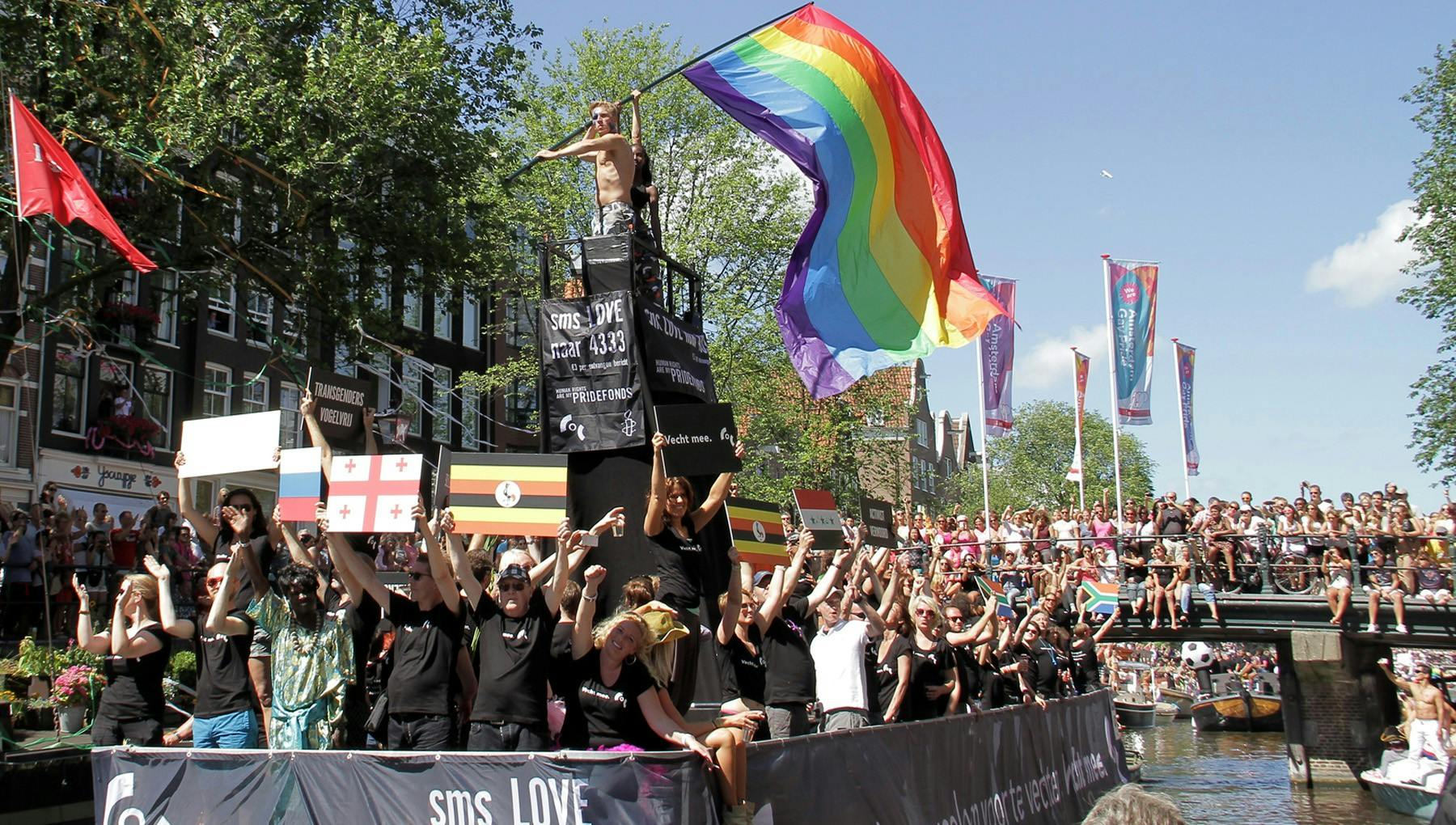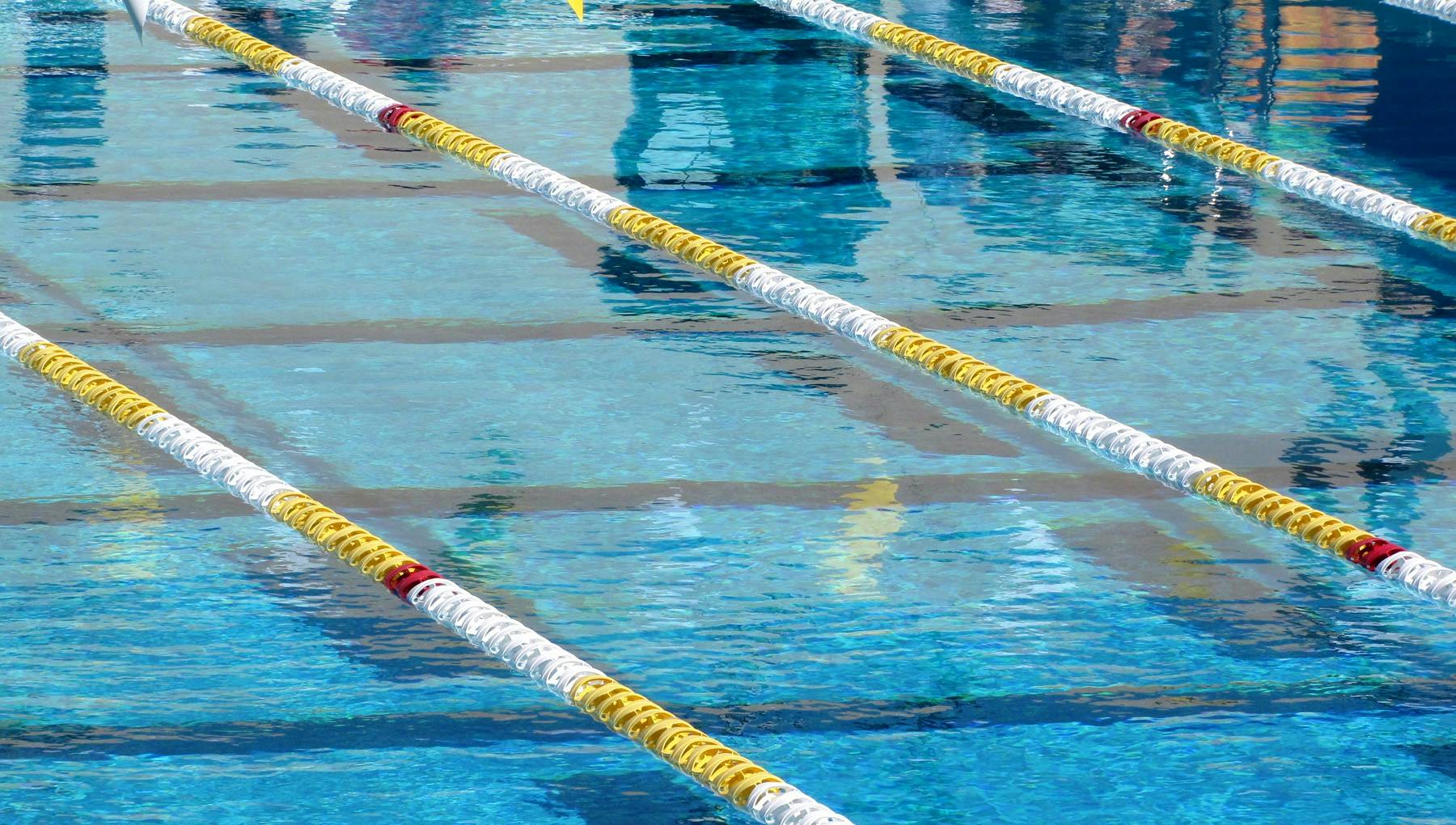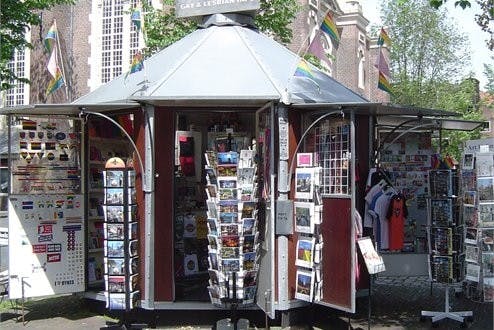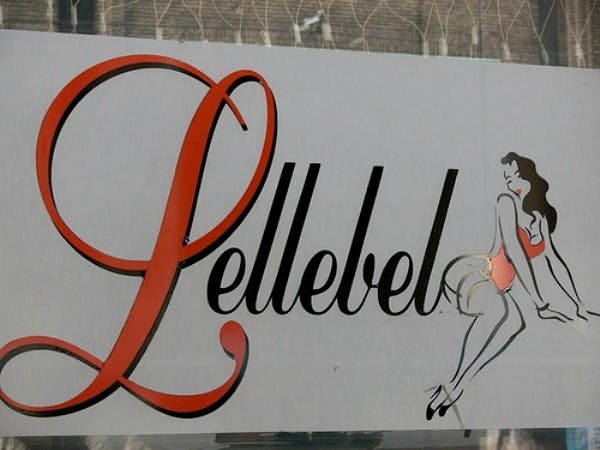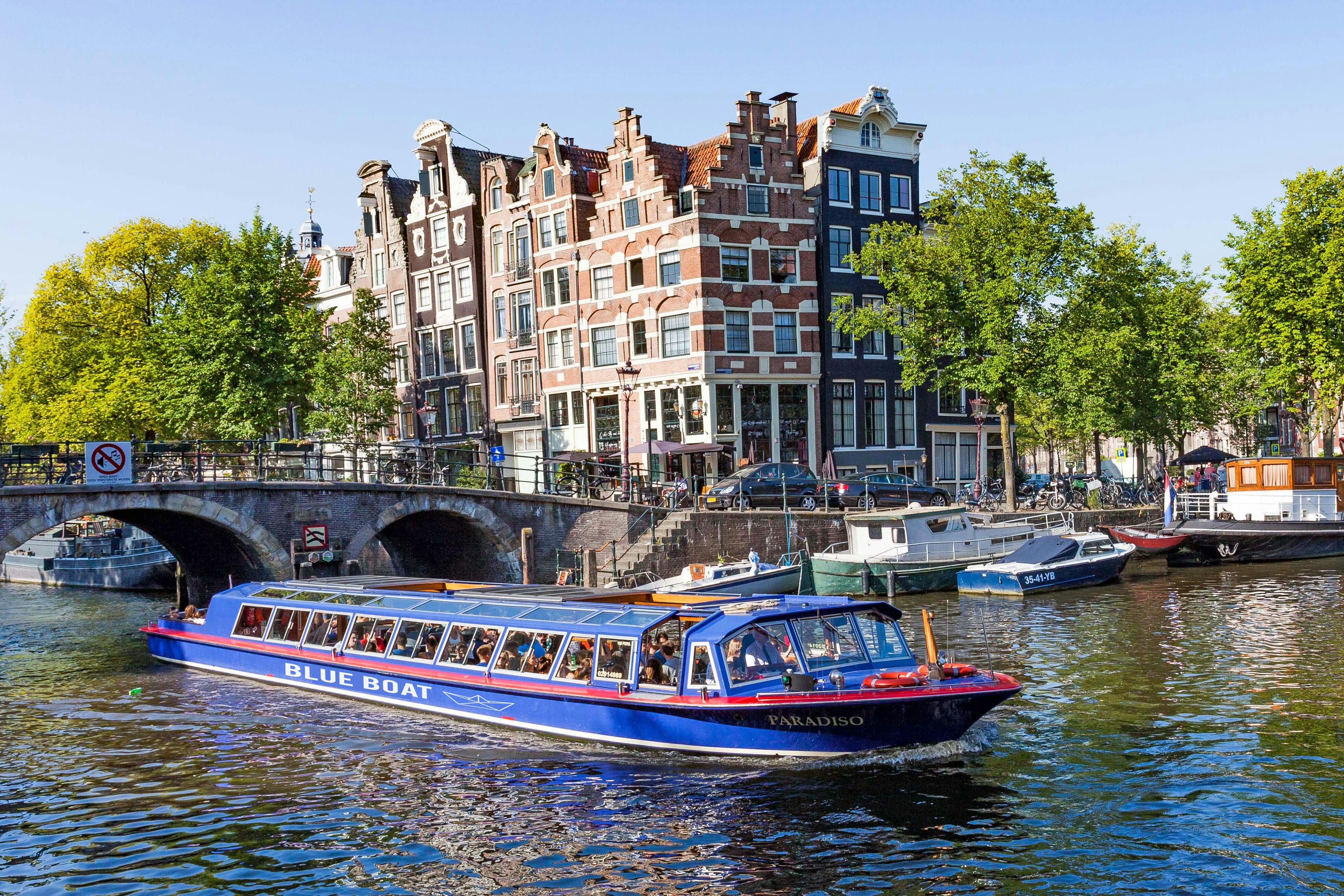Homomonument
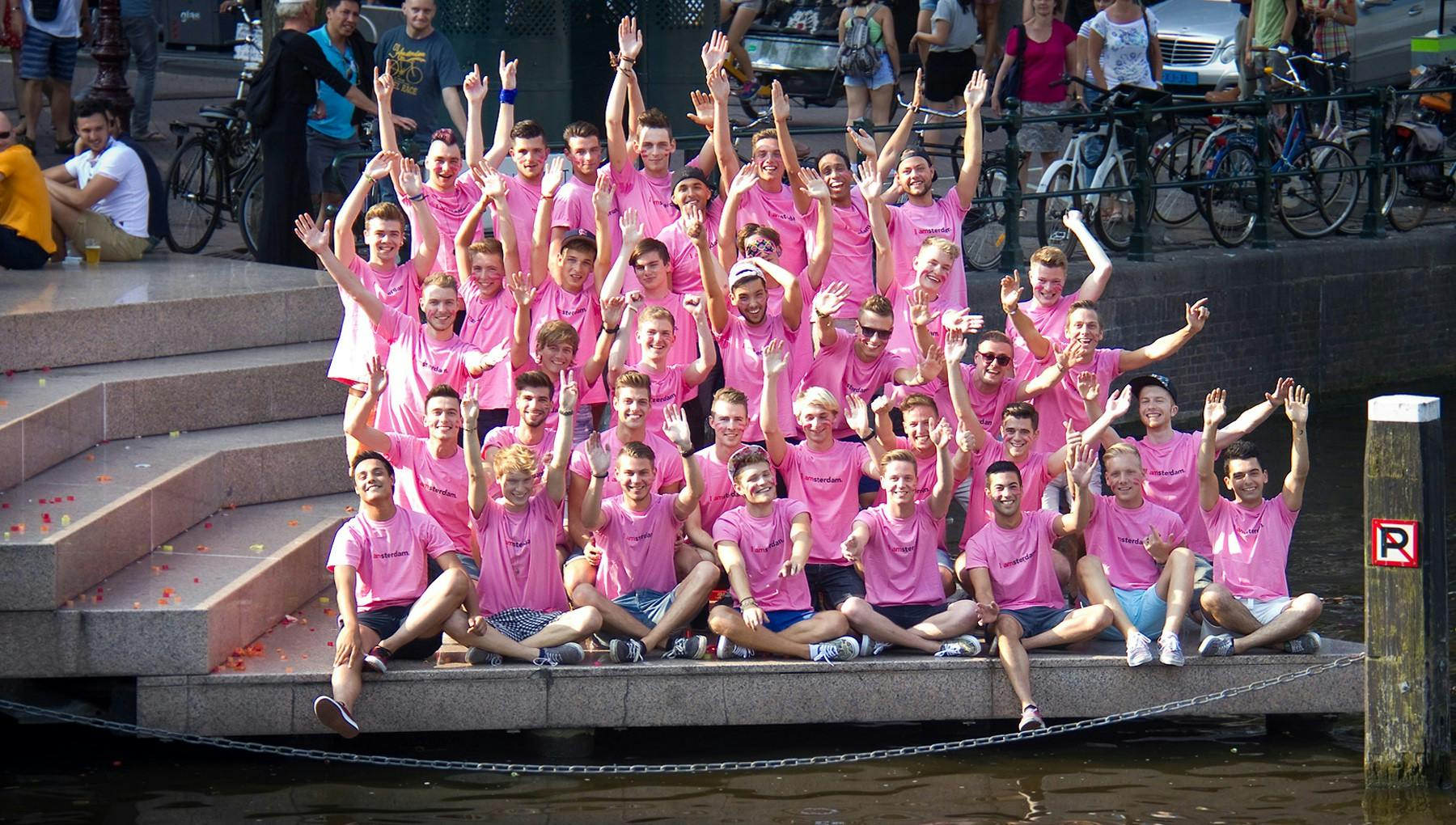


Designed by Amsterdam-born artist Karin Daan in 1979, Amsterdam's Homomonument (gay monument) was the first of its kind. It was commissioned by the Homomonument society and was officially unveiled in September 1987 at the Westermarkt.
The Homomonument: An icon of remembrance
Immediately after World War II there were calls to establish a memorial to commemorate the gay men and women who lost their lives in the war. The call for remembrance finally gained traction in the 1980s, when thorough research was conducted on the persecution of homosexuals in World War II. The Homomonument makes a strong statement that history must not be repeated: "Never again". The monument goes beyond commemorating just the victims of World War II. It also commemorates all LGBTI people who have been or are still being persecuted by government regimes.
This world-renowned icon takes the shape of a triangle on the bank of the canal. Its three points are symbolic: one corner points towards the National War Memorial on Dam Square; another points across the canal to the site of the Anne Frank House; while the third corner points towards COC Amsterdam. It remains the largest monument in the world dedicated to homosexuality and remembrance.
Providing LGBT information in Amsterdam
Beside the Homomonument is Pink Point, Amsterdam's official LGBTI information kiosk. Staffed by friendly and knowledgeable volunteers, it presents a wide range of information and flyers from local organisations.
